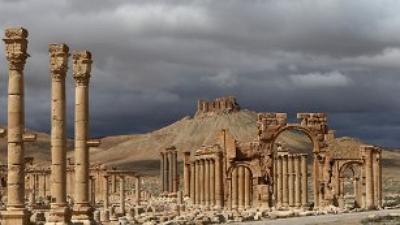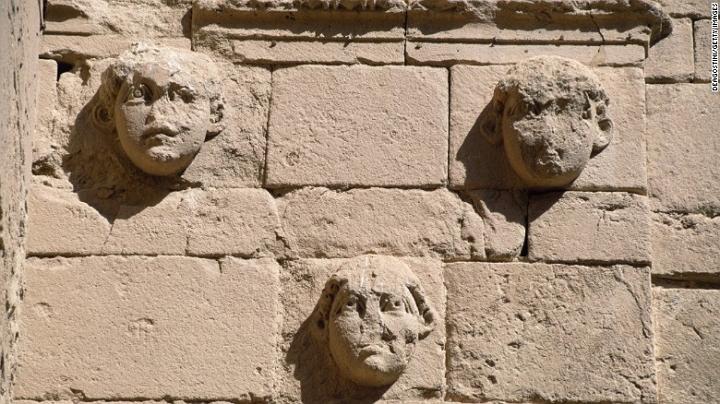“The most effective way to destroy people is to deny and obliterate their own understanding of their history.”
– George Orwell
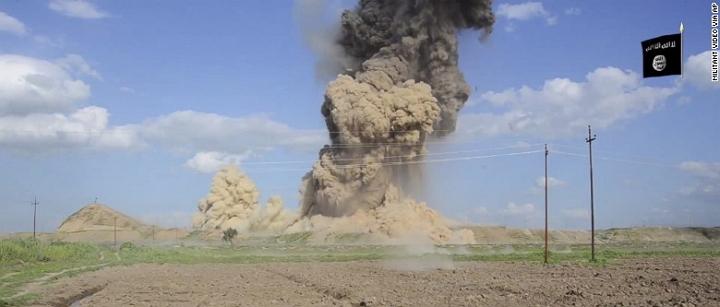
The immense statues at Nimrud stood as silent sentinels for more than 3,000 years from the day they were wrought by one of the most advanced, enlightened and earliest civilizations.
They stood until, in an act of madness, ISIS militants turned them to dust with their bulldozers, barrels of explosives and their lunatic disregard for the past; for the grand achievements of mankind. Those winged statues functioned as a talisman of the history of Iraq and Mesopotamia, the very cradle of civilization. They represented the epic relics of a shared human history and were of particularly special meaning to Iraqis.
Thus far, ISIS has brought down the temple of Baalshamin, a 2,000-year-old relic, the Assyrian Palace at Khorsabad, Hatra the capital of the Parthinian Empire and ruined artifacts at the Mosul Museum, the Mosul Public Library and of course, the the city of Nimrud.
And in the last year alone, ISIS has destroyed dozens of churches and archaeologically significant sites in their efforts to remove all evidence of ‘non-Islamic’ history and ‘idolatrous objects’ from the territory they control. Their crimes include the destruction of the Mar Elian Monastery, a Syrian holy site built in 432 AD.
Now archaeologists from Harvard and Oxford say they plan to turn the tide by sending a “flood” of 3D cameras to the region so that people can scan and photograph historically significant buildings and artifacts to preserve them from politically-motivated obliteration.
The Million Image Database Project will begin with the distribution of 5,000 cameras to war zones around the world by the end of 2015. The idea is that volunteers will capture one million images by the end of next year–and 20 million images by the end of 2017. By digitizing those sites and artifacts, at least some vestige of them will remain safe from terrorists and madmen.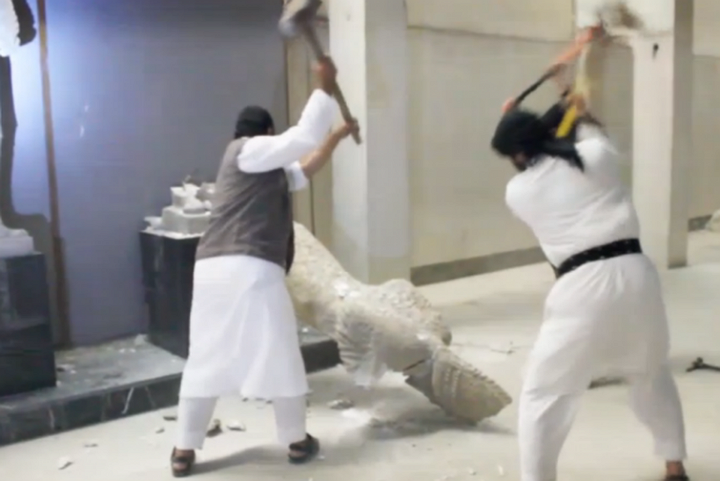
“Palmyra is rapidly becoming the symbol of Isis’s cultural iconoclasm,” Roger Michel told The Times. “If ISIS is permitted to wipe the slate clean and rewrite the history of a region that defined global aesthetic and political sensibilities, we will collectively suffer a costly and irreversible defeat. But there is hope. By placing the record of our past in the digital realm, it will lie for ever beyond the reach of vandals and terrorists.”
Backed by £2 million ($3.07 million) and under development by the Institute for Digital Archaeology (IDA) in Oxford, the project has a monumental task ahead. The ISIS terrorists show no signs of slowing their crime against history with their demolition of treasures.
Michel, the Director of the IDA, says the cameras are built to allow “inexperienced users” like museum workers, military personnel and charity volunteers to directly upload images to the database. He says it’s hoped that the resulting images will contain sufficient detail so that they might one day be used to recreate them using 3D printers.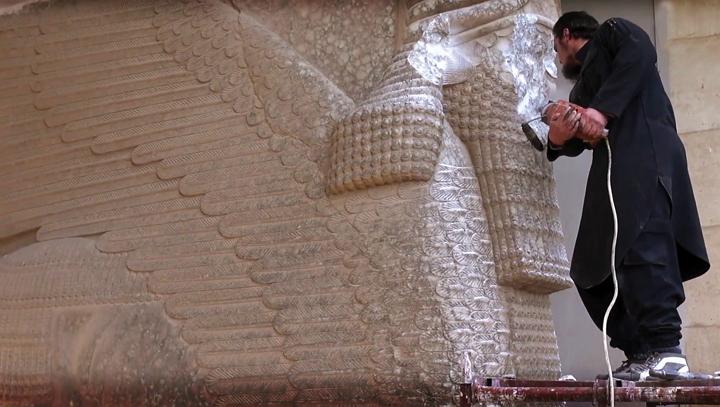 The process is set to take place in countries which include Iraq, Lebanon, Iran, Yemen and Turkey. The project hopes to foil theft and misrepresentation as well.
The process is set to take place in countries which include Iraq, Lebanon, Iran, Yemen and Turkey. The project hopes to foil theft and misrepresentation as well.
“It will include GPS data and dates,” Michel says. “If someone is selling an object and says it was obtained in Syria in the 1930s, we will know that was not the case because in 2015 it was at longitude X and latitude Y.”
 One bit of good news did come recently as authorities revealed that most of the sculptures the ISIS members destroyed were simply replicas of the real artifacts, many of which are stored safely in Baghdad and outside the reach of the vandals. At least two of the destroyed pieces, however, were authentic.
One bit of good news did come recently as authorities revealed that most of the sculptures the ISIS members destroyed were simply replicas of the real artifacts, many of which are stored safely in Baghdad and outside the reach of the vandals. At least two of the destroyed pieces, however, were authentic.
Projects like the Million Image Database Project and Project Mosul, which we covered back in March, demonstrate the application of high-tech 3D imaging and printing in the preservation of history. What do you think about this project which hopes to preserve important historical artifacts using 3D printing and scanning from political vandals? Let us know in the Million Image Database Project forum thread on 3DPB.com.
Subscribe to Our Email Newsletter
Stay up-to-date on all the latest news from the 3D printing industry and receive information and offers from third party vendors.
You May Also Like
3D Printing News Briefs, April 13, 2024: Robotics, Orthotics, & Hypersonics
In 3D Printing News Briefs today, we’re focusing first on robotics, as Carnegie Mellon University’s new Robotics Innovation Center will house several community outreach programs, and Ugogo3D is now working...
Rail Giant Alstom Saves $15M with 3D Printing Automation Software 3D Spark
3D Spark has entered into a three-year deal with the rail giant Alstom. Alstom, a transport behemoth with annual revenues of $16 billion, specializes in the manufacture of trains, trams,...
Meltio Expands Global Reach with New Partnerships in the Americas and Europe
Spanish 3D printing manufacturer Meltio has expanded its sales network across the globe. With the addition of three new partners in the United States, Brazil, Argentina, and Italy, Meltio aims...
3D Printing Webinar and Event Roundup: April 7, 2024
Webinars and events in the 3D printing industry are picking back up this week! Sea-Air-Space is coming to Maryland, and SAE International is sponsoring a 3D Systems webinar about 3D...


